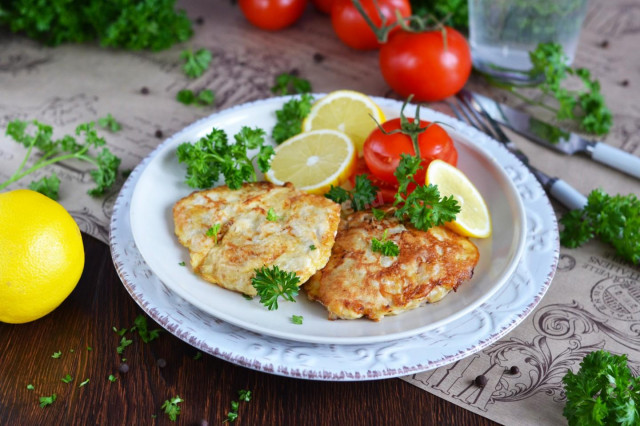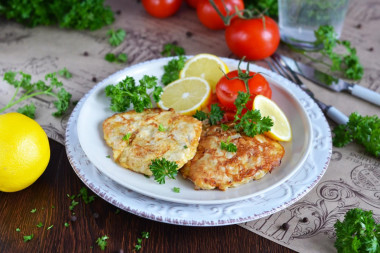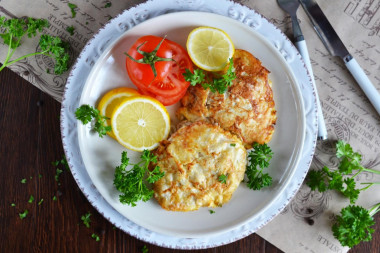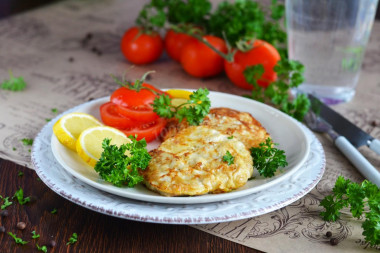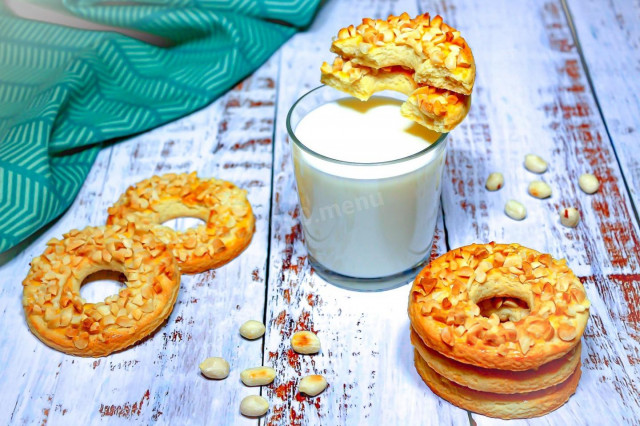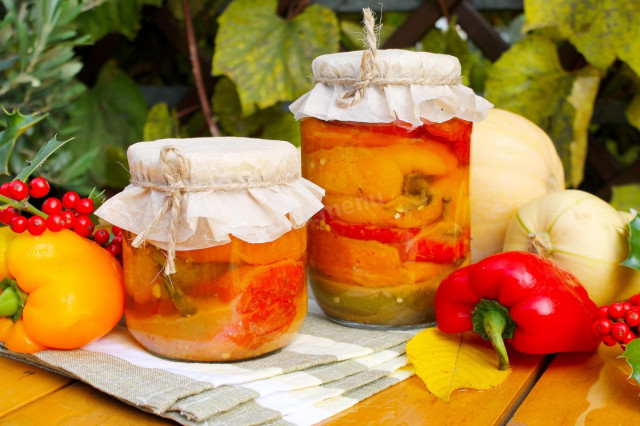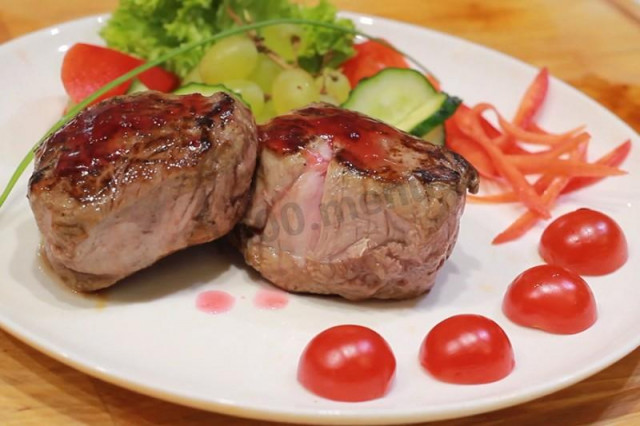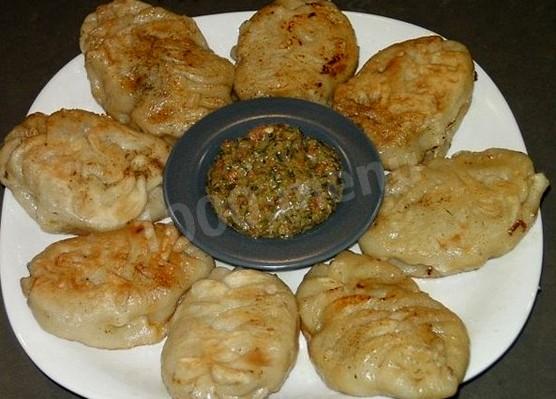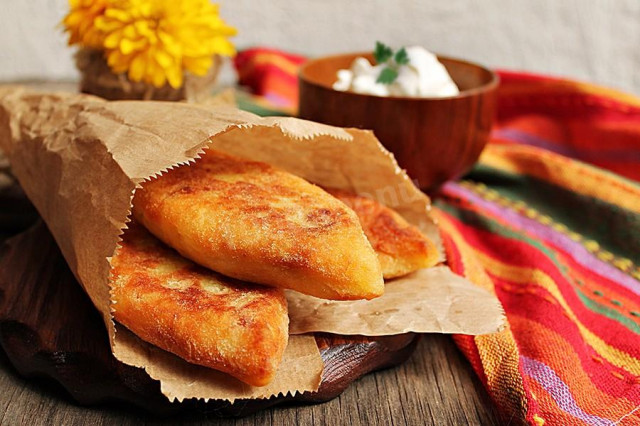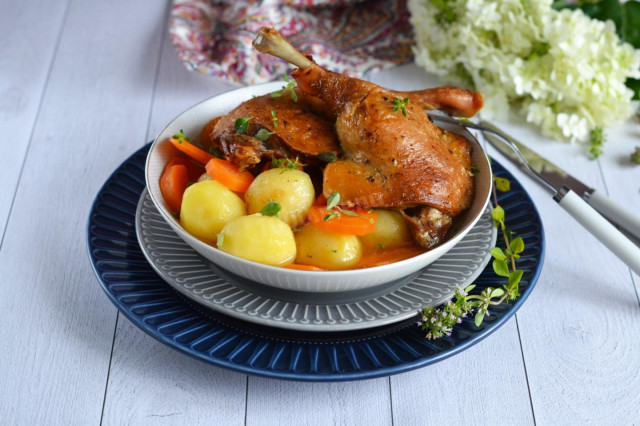Composition / ingredients
Step-by-step cooking
Step 1:
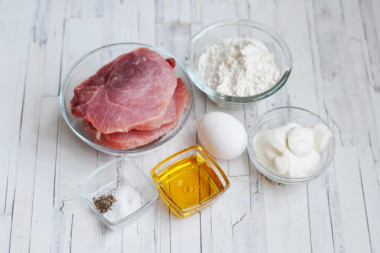
How to make pork in egg and flour? Prepare the necessary ingredients. Pork flesh is suitable from tenderloin, ham, neck, carbonade.
Step 2:
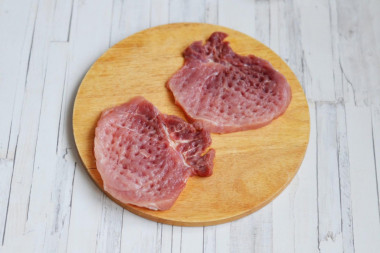
Wash a piece of pork, dry it with paper towels. Then cut into thin slices no more than 1 cm thick. I already had sliced ham slices. In total, 4-5 slices are obtained. Cover the pork slices with plastic wrap or a bag and beat them off with a hammer, trying to preserve the integrity of the meat. Tip: if you slice a slightly frozen piece of meat, then the slicing will turn out smoother.
Step 3:
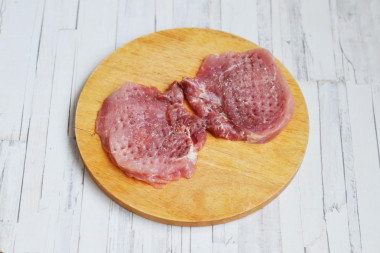
Season the slices with salt and pepper.
Step 4:
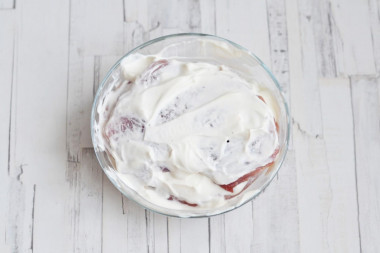
Then pour sour cream over the pork so that the slices are covered with it from all sides and leave to marinate at room temperature for 1 hour, and if possible even longer, then in the refrigerator. In general, the longer the meat is marinated, the juicier it will eventually turn out.
Step 5:
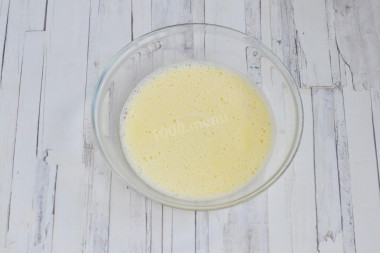
In a bowl, whisk the egg with a pinch of salt. If the egg is small and you see that it may not be enough for all the meat, then add another egg, or dilute 2 tablespoons of milk.
Step 6:
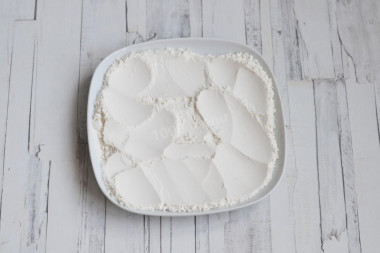
Sift the flour and pour it into a plate.
Step 7:
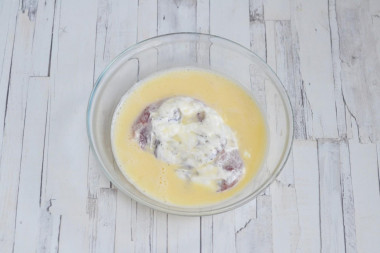
First dip the chops from all sides into the egg.
Step 8:
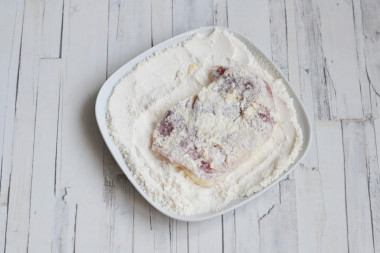
Then roll in flour on all sides. Shake off the excess flour so that it does not burn in the pan. If desired, you can dip the chops into the beaten egg again. I've done both, and I can say that if you dip chops in an egg twice, they turn out tastier.
Step 9:
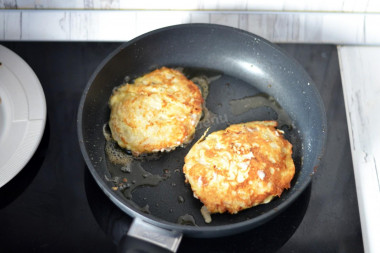
Heat vegetable oil in a frying pan over medium heat. Lay out the prepared meat and fry the chops on both sides for about 4-5 minutes on each side until golden brown. If the chops are not ready by this time, reduce the heat to a minimum and fry them until cooked.
Step 10:
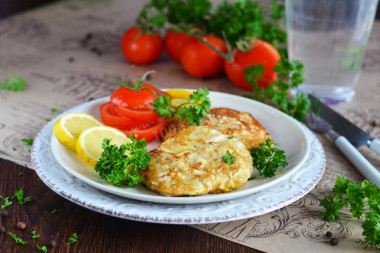
Serve the finished chops to the table hot. Boiled potatoes, rice, buckwheat, pasta and a salad of fresh vegetables are suitable for garnish. Enjoy your meal!
In addition to pork, any other meat can be used in this dish. Keep in mind that the cooking time, as well as the taste and calorie content of the dish will change. For example, beef is cooked longer than pork, and chicken fillet or turkey is less.
Use oil with a high smoking temperature for frying! Any oils are useful only until a certain temperature is reached - the point of smoking, at which the oil begins to burn and toxic substances, including carcinogens, are formed in it.
Unrefined oils, with rare exceptions, have a low smoking point. There are a lot of unfiltered organic particles in them, which quickly begin to burn.
Refined oils are more resistant to heating, and their smoking point is higher. If you are going to cook food in the oven, on a frying pan or grill, make sure that you use oil with a high smoking point. The most common of the oils with a high smoking point: refined varieties of sunflower, olive and grape.
Caloric content of the products possible in the composition of the dish
- Sour cream with 30% fat content - 340 kcal/100g
- Sour cream of 25% fat content - 284 kcal/100g
- Sour cream with 20% fat content - 210 kcal/100g
- Sour cream of 10% fat content - 115 kcal/100g
- Sour cream - 210 kcal/100g
- Chicken egg - 157 kcal/100g
- Egg white - 45 kcal/100g
- Egg powder - 542 kcal/100g
- Egg yolk - 352 kcal/100g
- Ostrich egg - 118 kcal/100g
- Pork fat - 333 kcal/100g
- Pork meat - 357 kcal/100g
- Pork - low-fat roast - 184 kcal/100g
- Pork chop on a bone - 537 kcal/100g
- Pork - schnitzel - 352 kcal/100g
- Pork Shoulder - 593 kcal/100g
- Boar's leg - 113 kcal/100g
- Pork - 259 kcal/100g
- Ground black pepper - 255 kcal/100g
- Whole durum wheat flour fortified - 333 kcal/100g
- Whole durum wheat flour universal - 364 kcal/100g
- Flour krupchatka - 348 kcal/100g
- Flour - 325 kcal/100g
- Vegetable oil - 873 kcal/100g
- Salt - 0 kcal/100g

